If you are new to the idea of conducting a Virtual Inspection, there are some simple steps that you can follow to ensure that your first attempt is successful. CloudVisit’s proprietary technology has been used to remotely inspect jobsites and diagnose health issues during thousands of video conference sessions since 2013. No matter what you intend to inspect or audit, if you follow the basic principles listed in these steps, your virtual inspection will be a success.
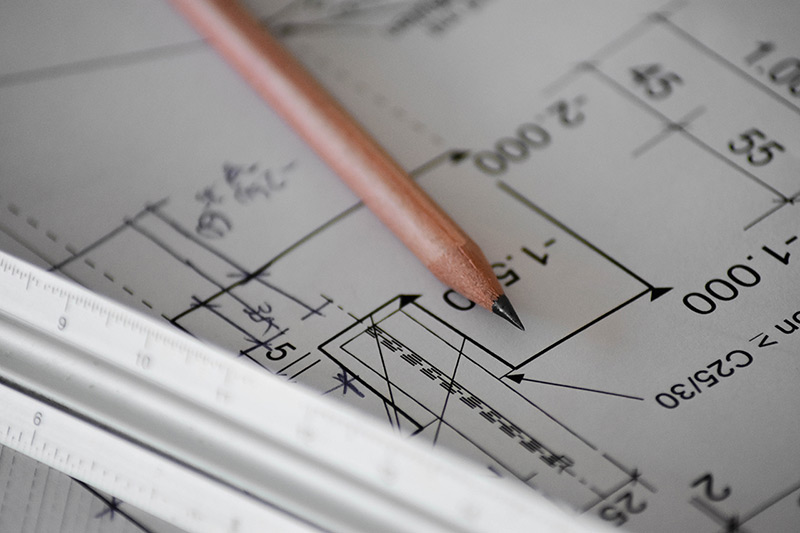
1) Planning
Planning is an important phase of any successful project. Knowing the details of a project and how it is to be reviewed is often just as important as the actual work completed. Planning this properly will save unnecessary return visits by your crew. Reduced travel time to jobsites is one of the key benefits of remote inspection. Properly planning a remote inspection will further help companies minimize return visits to a job site.
The order in which the different stages of a project will be built in relation to each other should be planned and accounted for prior to your inspection. Knowing what needs or does not need to be reviewed in any inspection is completely essential. Therefore, the inspector should review the Statement of Work (S.O.W) prior to an inspection session.
It is also sometimes helpful to review a jobsite in the order in which the project is completed. Your remote inspection plan should take into consideration the order of completion as well as the physical location of the completed items. Having a plan for the order in which you intend to inspect a project will streamline the process so that your crew member or technician does not need to run back and forth between different areas of a job site to demonstrate successful project completion.
2) Design Your Checklist
Once your inspection plan is in place, CloudVisit has made it easy to conduct a successful virtual inspection. This was done by integrating an editable checklist directly into the video conference session interface. Working with CloudVisit’s Remote Inspection software, a checklist can be generated to provide a structural order to follow when conducting the inspection. You can use an Excel spreadsheet to create a template that lists the different deliverable items that will need to be inspected. This makes it easy to follow your initial inspection plan and ensure that all your deliverable items are fully examined during the inspection. If your team is routinely completing the same tasks, the checklist you generate can be used as a template for future projects.
A complex project may contain multiple checklists for different phases of the work scope. CloudVisit’s software allows multiple checklist imports into the same video inspection session to accommodate large jobs or projects with more fluid work scopes. To ensure maximum flexibility, you can also add, delete, and move checklist rows on the fly during an inspection.
A good checklist contains descriptions of the items that need to be completed on the project site. The remote inspector can follow the work descriptions listed in the checklist, and then record the inspection session in real time. While recording the remote inspector can add hyperlinked time codes into checklist rows, delineate custom comments and set passing or failing status values for each deliverable item. This all allows for fast review of completed and recorded deliverable items during playback. Mobile users can even use the checklist to upload geo and timestamped photos and videos into the checklist to demonstrate proof of successful project completion. CloudVisit’s digital checklist revolutionizes the way checklists are used during a punch walk. Creating and utilizing a properly planned checklist will streamline your virtual inspection and ensure that important completion evidence is not overlooked.
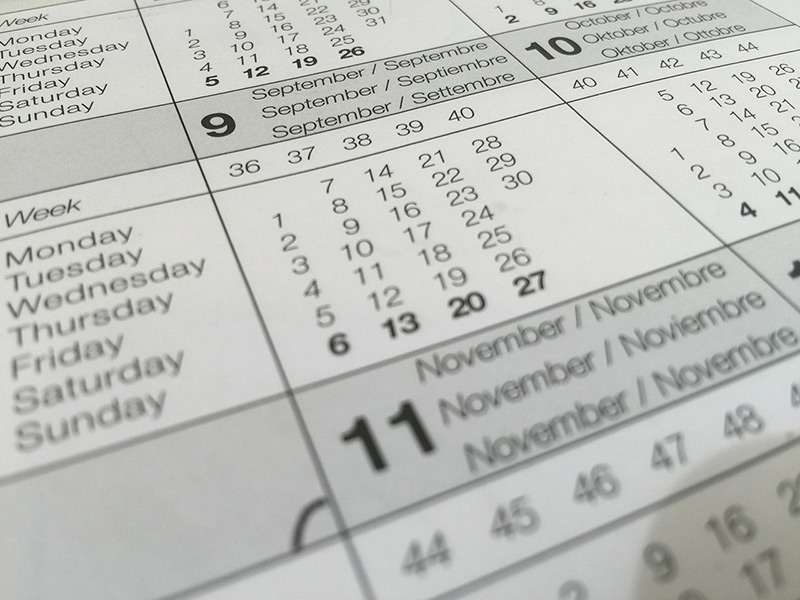
3) Scheduling the Session
Once you have created your checklist and know what needs to be reviewed, the next step is scheduling the session. It is a good idea to determine the best date and time with the project’s crew lead or foreman prior to scheduling the session. This will ensure that the site is fully ready, and all appropriate team members will be on site and available for the inspection. You can also use this as an opportunity to confirm that you have the necessary team member’s contact information prior to conducting the virtual inspection.
When you schedule the session, it is time to define the inspection method using CloudVisit’s session type feature. (Session Types are discussed more in depth in Step 5) Therefore, it is important to understand the initial work scope as outlined in steps 1 and 2 above prior to scheduling the session.
When you schedule the session the names, phone numbers and email address of crewmembers can be listed in session details. For security reasons, only users listed in session details have the ability to join an active session or review session files. This helps companies protect their proprietary data and team member’s personally identifiable information. CloudVisit has designed an onboarding interface that invites crew members to quickly join sessions even if they are not registered users when the session was initially scheduled.
Upon scheduling a session, technicians are notified via email that they will be involved in the inspection and provided the exact date and time the inspection will take place. The inspector can list items in the S.O.W. that will be completed and send additional instructions within the invitation email.
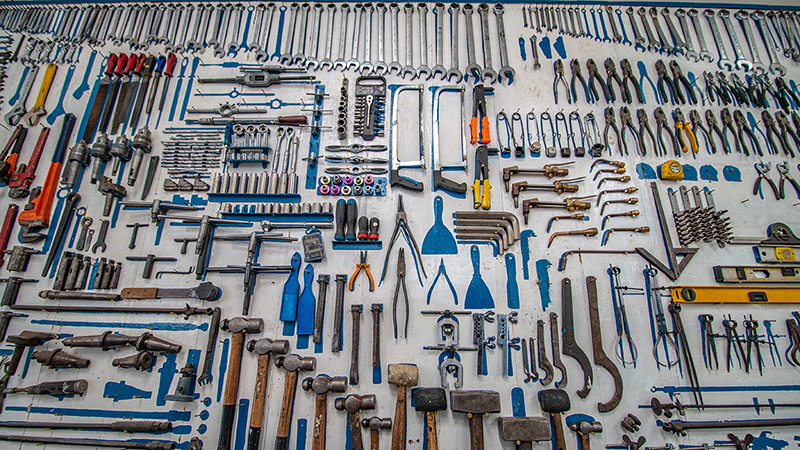
4) Being Prepared
Just as a proper foundation is crucial to constructing a well-made house, a remote inspection’s success is tied to the preparation made beforehand. As with any other part of an installation or construction project, your crew needs to arrive at the jobsite with the correct tools. If a team member is not equipped properly, the ability to run a successful project will quickly grind to a halt. A team leader must ensure that the crew is prepared to not only perform their duties on completing the project, but also verify that the team is equipped to transmit their work to the inspector.
To do this the inspector should verify that all necessary team members have access to the correct session by following the advice defined in Section 3 above. Communication is the key here. To ensure that team members are prepared, the team leader should verify that the team members conducting the session all have a suitable phone with the mobile app installed. In addition, to assure good communications between the virtual inspector and crew member, noise canceling headphones are advised. The use of noise canceling headphones will reduce background noise on loud construction sites. Many crews prefer using Bluetooth headsets during Remote Inspection, because there are fewer wires to get tangled up in. However, if your crew chooses to use a Bluetooth headset, be sure that the batteries are fully charged.
Video conferencing utilizes many of a mobile device’s system resources simultaneously. In some situations, this leads to a mobile phone’s battery being depleted before a remote inspection is fully completed. Therefore, it is advised that construction crews be prepared with portable power banks so that a sites inspection does not unexpectedly grind to a halt due to a dead or dying phone battery.
The job site should also be tested for optimal connectivity prior to the remote inspection to see if there are any potential communication issues. For example, in distant outlying areas where cell service is spotty, poor reception will result in poor communication during the active session. CloudVisit has developed a robust speed test function within the software’s mobile app. This function should be used prior to the scheduled inspection so as not to waste the team and remote inspector’s time on a job site that is unsuitable for a remote inspection.
The virtual inspector can conveniently send inspection session members a list of required tools for the inspection using the session scheduling interface. This helps to ensure that crew members are fully prepared for the Remote Inspection and further delays on the jobsite are prevented.
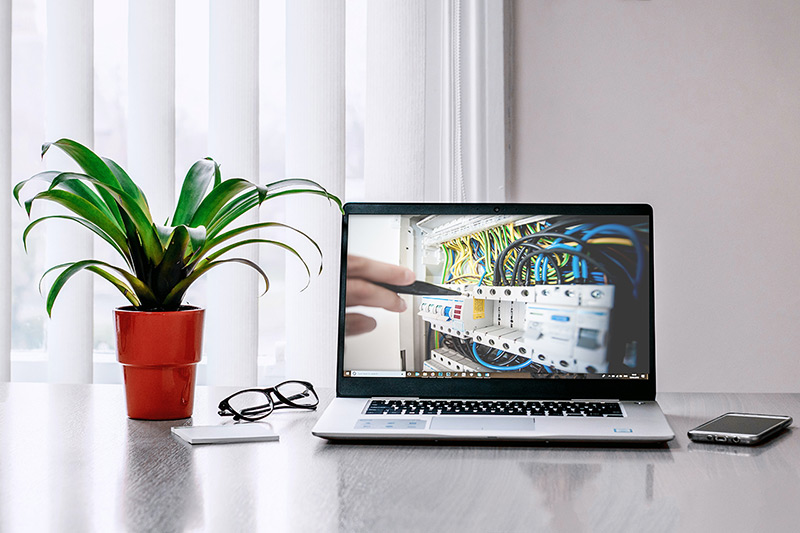
5) During the Session
After your careful planning and scheduling is complete, you are ready to conduct the virtual inspection. CloudVisit’s software supports two different inspection types: Continuous Capture and In-Row Capture.
In the first method, Continuous Capture, you can inspect everything and capture completion evidence within a continuous recording. This type of inspection is most appropriate for short inspection sessions where everything will be reviewed in a single day. It could also be useful in general walk throughs because it provides a good overview of an entire location. Continuous Capture also gives inspectors or auditors the opportunity to review the full walkthrough at a later time. Then, the inspector can doublecheck that nothing was missed upon initial review without the pressure of having crew members on the other side of the call.
During the active session, the remote inspector can pause the recording as the technician moves around the job site to limit overall recording length and dead air during video sessions. Within Continuous Capture sessions, the Inspector can also stop and save the recording and resume the recording where the session left off at a later time. The inspector responsible for recording sessions uses the dedicated checklist functionality by adding hyperlinked timecodes at the moment a deliverable item is visible in the recording. The hyperlink timecodes can be added both during and after the active session. The inspector then sets completion status values for any applicable checklist row items listing passing, and failing values. When the inspector stops and saves a continuous recording, it is possible to resume the recording at a later date or time.
The second inspection method is Inline Capture and it works in a very different manner than Continuous Capture. An Inline Capture inspection type allows you to record or load photo and video completion evidence directly into your defined checklist deliverable items. If you plan to inspect a project over a long period of time, you might find it easiest to use the Inline Capture session type. This way you can capture or upload all required photo and video completion evidence into the session’s checklist. After all evidence is captured or supplied, you can organize your row order to ensure a sensible flow for the end viewer. Finally, you can compile all the captured completion evidence into a master video recording. The final video automatically adds timecodes for all the deliverable items for quick playback review of the individual items.
Inline Capture can be a huge time saver for inspection teams with limited resources. If your inspectors are stretched for time, crew members can upload photos and videos directly into checklist rows. After doing so an email message is sent to the remote inspector notifying him or her that there is new completion evidence to review. The inspector can then define a passing or failing status value with the uploaded evidence. If the completion evidence demonstrates a defect, the virtual inspector can send comments back explaining why the completion evidence was rejected.
When you are conducting a virtual inspection session you should pay attention to the crew’s behavior. Some unscrupulous crews may try to hide that they have not completed part of a project or that it was not completed following industry best practices. If a crew tells you that they can’t demonstrate a deliverable item, you should make sure to capture a recording of them explaining why. Sometimes, it’s impossible to see a portion of an installation without completely removing other components. This is understandable. However, if what the crew is telling you doesn’t seem to be accurate, don’t be afraid to press them on the matter and capture the completion evidence that you need. Take the time that you need to ensure that a project has been completed. Remember, that your reputation for delivering a quality product is also involved with this project.
One of the most important things to consider when conducting your inspection is that you are working with a real person on the other side of the conversation. It can be easy to forget that your crew is working in potentially hazardous conditions and you are not fully experiencing the extreme heat or cold that they are feeling. Always treat your crew members with respect. Mistakes happen, and spending extra time explaining why things are incorrect can be frustrating. However, it is important to always conduct yourself in a professional manner during a live video inspection session. This is especially true when the crew you are working with does not seem to be conducting themselves in a professional manner themselves.
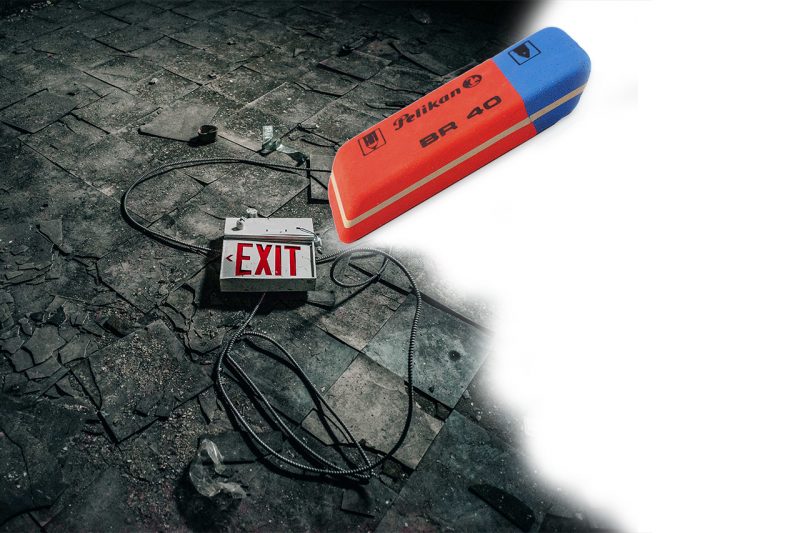
6) Corrections
Sadly, there is no perfect world and most projects will require some modifications before being considered fully complete. If a perfect world existed, you would never need to conduct an inspection in the first place. Therefore, it is essential to be able to capture revised correction evidence during a Remote Inspection. Once again, CloudVisit’s software was designed to make the correction process as painless as possible.
First and foremost, using cloud-based software has inherent advantages when working remotely in a collaborative environment. Recordings of the inspection can be streamed in the cloud allowing quick access and review. This provides vendors, Contractors or team members a streamlined way to gain better understanding of the deficiencies that were uncovered during an initial inspection.
Another feature of CloudVisit’s software is the Annotated Screen Capture function. This allows for a screenshot to be taken at any moment during an active session or in playback view. This screenshot can be digitally annotated with basic drawing tools, symbols and text to add clarity for the crew member as to how to resolve deficiencies.
Virtual inspectors can also use a screen sharing function to highlight poor craftsmanship or other issues that were uncovered in the initial session. Technicians can then explain in real-time what needs to be done to remediate the problem.
To further speedup the correction process mobile and desktop users can upload video and photos that demonstrate that the issue was resolved. The uploaded evidence is geo and date stamped to ensure that the revised evidence supplied was captured at the appropriate project site.
If a project has serious problems, it may be a best practice to reschedule the full inspection. CloudVisit’s scheduling functionality allows inspectors to easily reschedule a session at a later time. None of the work that was initially completed is lost when you reschedule a session. You can simply pick up where you left off in CloudVisit’s Inspection software.
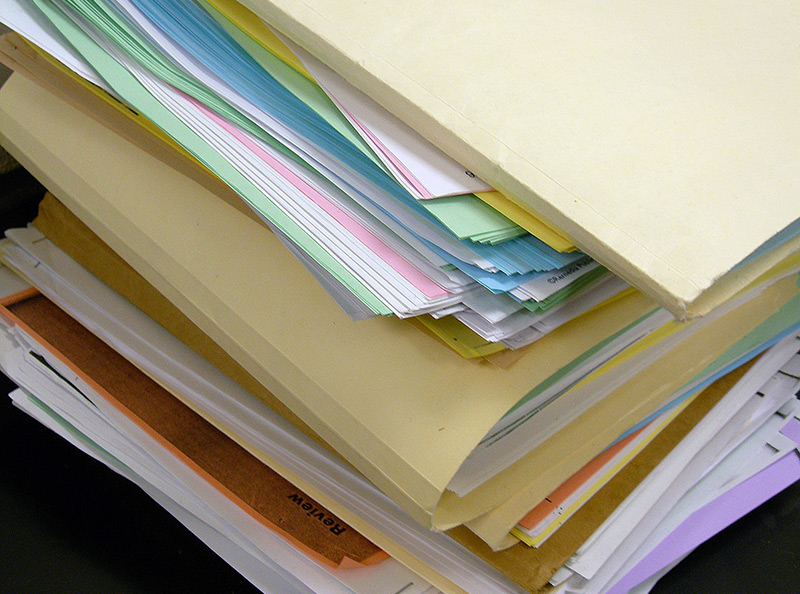
7) Review the work
Having all the elements of a digital inspection consolidated in one repository has some serious advantages over traditional punch walks. This becomes extremely apparent when reviewing your team’s work in the future. For example, inspectors don’t need to return to a job site to observe that corrections were completed in most cases. It is also very easy to audit an initial inspector’s work with an internal quality auditor or by your customer themselves. Cloud based virtual inspection allows inspectors to review a project’s final quality long into the future.
With CloudVisit’s platform, inspectors receive an email update when correction evidence has been added into the system. The inspector can then modify a deliverable’s status value to passing or corrected status.
You can also inspect the inspection itself. Sometimes even an industry expert makes a mistake and deficiencies are overlooked during the inspection process. With recorded video evidence auditors can review the same evidence that was reviewed by the initial inspector. This can help to determine if there are weak links in an organization’s quality control team.
The ability to virtually re-review completion evidence well into the future is a key advantage of CloudVisit’s Remote Inspection platform. The recorded evidence can also prove that damage occurred after the inspection. This saves companies costly legal fees and judgements. Most importantly though, being able to prove to customers that any site damage occurred after work was completed protects your reputation, which is priceless.

8) Submission
The final stage of the inspection process is submitting the completed evidence to your customer or regulatory authority. All of the inspection evidence including the completed checklist itself can be accessible or exported in a number of ways. The most common ways of submitting your final inspection documentation using CloudVisit include:
- Sharing a direct link to the cloud-based files directly through CloudVisit’s platform
- Downloading master recording files and sending them via disk or removable drive
- Direct Integrations that transfer files through the Cloud to other platforms
Within CloudVisit’s platform, the easiest way to share inspection data is by adding your customer or regulator’s username to session details. They then have full access to any applicable inspection data for their review.
You can also bulk download files from within your consolidated session file folder to distribute to their final destination via physical drive.
Finally, it is also possible to create direct integrations and transfer data into other proprietary systems.
At this point the inspection is now complete. It can now be made available to your agency or the customer for their final approval.
In conclusion, if you follow the steps listed above, you will discover that Virtual Inspections are far more time efficient than traditional site inspections. The entire inspection process is streamlined. You no longer need to spend multiple days going back and forth to job sites. With a Virtual Inspection, your final report is consolidated for you within an intuitive session file folder. There is no longer a need to spend hours amassing separate evidence documents because it is all uploaded in one place. Ultimately, sharing it with customers or regulators is as simple as copying and pasting an email address or hyperlink. Change can be a scary proposition. However, by following the advice listed in the steps above and using careful planning and follow through, your first virtual inspection will be a success.
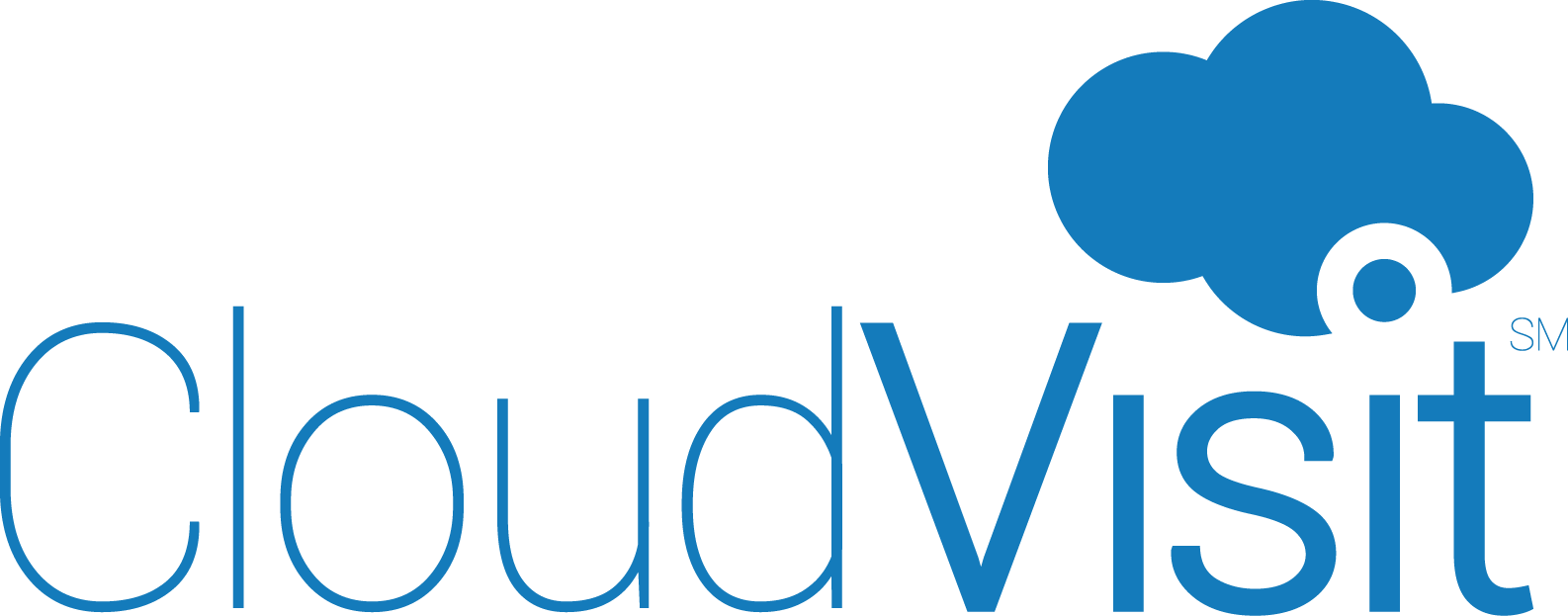
 Language:
Language:







